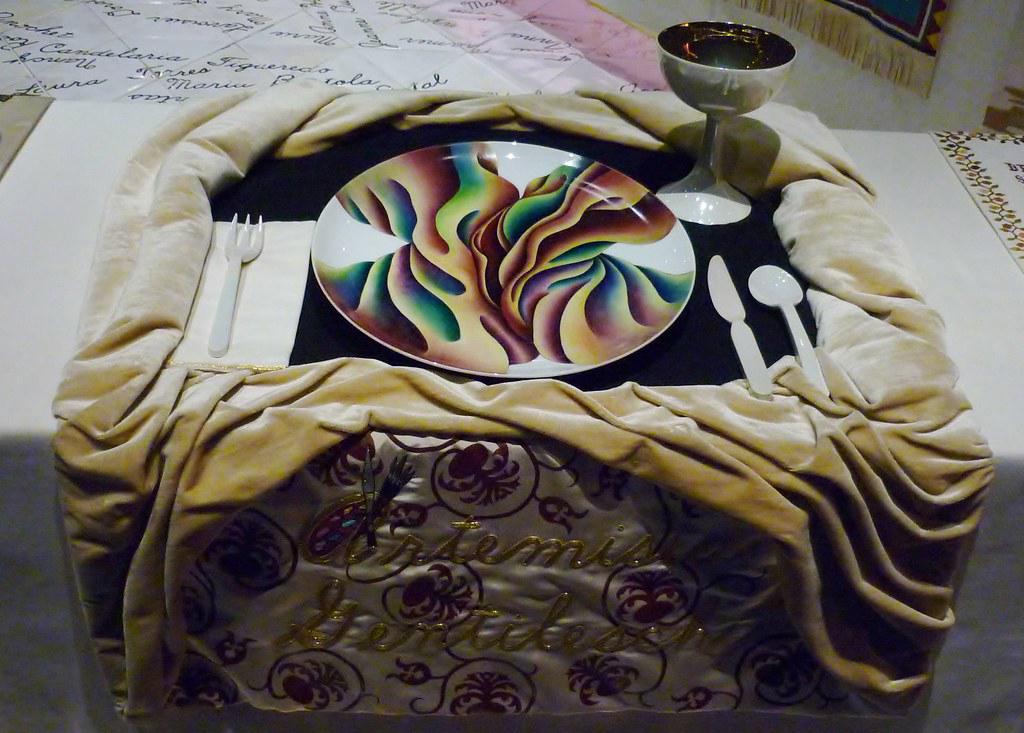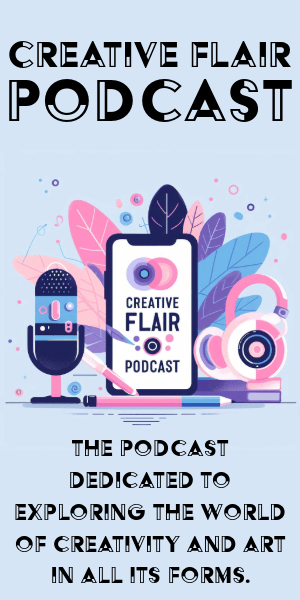Origins and Evolution
Feminist art emerged in the late 1960s and 1970s alongside the Women's Liberation Movement. This period saw women artists uniting to challenge the male-dominated art world and increase female visibility in galleries and museums.
A key moment came in 1971 when Judy Chicago and Miriam Schapiro introduced the first Feminist Art program at California Institute of the Arts, creating Womanhouse – a space for collaborative projects that revolutionized feminist art.
The movement evolved through different waves:
- The second wave of the 1970s focused on sexual equality and challenging objectification
- The more intersectional third wave of the 1980s and 1990s brought in previously marginalized voices, especially women of color like Faith Ringgold and Betye Saar
- From the 1990s onward, feminist art has become increasingly complex, exploring nuanced ideas around gender identity, race, and sexuality
The emphasis on intersectionality has allowed artists to delve into their layered identities while pushing the boundaries of art itself. Today, feminist art continues to evolve, driven by both individual and collective experiences. It remains a vibrant and necessary dialogue, reminding us that the work towards equality is ongoing.
Key Artists and Works
Judy Chicago, Faith Ringgold, and the Guerrilla Girls stand out as influential figures in feminist art.
- Judy Chicago: Her monumental installation "The Dinner Party" celebrates overlooked women in history, combining ceramics and textiles to challenge patriarchal historical narratives.
- Faith Ringgold: Her quilt works, like "The Flag is Bleeding" and "Tar Beach," blend storytelling with visual art to elevate African-American experiences and challenge racial and gender stereotypes.
- The Guerrilla Girls: Known for their anonymity and gorilla masks, they use satire and guerilla tactics to critique gender and race discrimination in the art world. Their bold billboards and posters highlight the underrepresentation of women and artists of color in galleries and museums.
These artists didn't just seek acceptance within existing frameworks; they reshaped them entirely. They expanded the meaning of feminist art, demonstrating its power to deconstruct and reconstruct a more inclusive art world where diverse stories find their place.

Intersectionality in Feminist Art
Intersectionality has become a guiding principle in feminist art, recognizing how race, gender identity, and sexual orientation intersect to shape diverse experiences. This approach has transformed the field into a vibrant mosaic that acknowledges the multifaceted lives contributing to our cultural landscape.
Artists like Mickalene Thomas and Shirin Neshat have broadened the feminist art dialogue:
- Mickalene Thomas celebrates Black womanhood and queer identity through vivid, textured images that challenge traditional notions of beauty.
- Shirin Neshat explores the complexities of Middle Eastern life from a feminine perspective, provoking thought on the intersections of personal and political landscapes.
- Zanele Muholi's evocative self-portraits serve as a visual archive of Black queer identity, addressing issues of visibility and empowerment.
By embracing intersectionality, feminist art emboldens individuals to explore often overlooked aspects of their identity. This approach introduces complex questions about belonging and power dynamics, underscoring art's potential to foster empathy and change.
Contemporary artists are undoing exclusionary practices of the past, ensuring art remains an inclusive dialogue reflecting society's varied realities. Their boundary-defying work reminds us that art is not fixed but constantly evolving – a complex, dynamic collection reflecting the beautiful intricacy of humanity.
Contemporary Feminist Art Practices
Contemporary feminist art continues to push boundaries, blending traditional techniques with modern media to address ongoing gender inequalities and representation issues. New media has revolutionized the field, offering expanded possibilities for expression.
Digital and New Media:
- Digital platforms, video installations, and virtual reality environments provide new terrains for storytelling
- Artists like Tabita Rezaire use digital art to decolonize cyberspace, addressing racial and gender marginalization while exploring digital healing and consciousness
Performance Art: Remains a powerful tool, allowing artists to confront viewers with immediate expressions of identity and agency. Marina Abramović continues to use the body as both canvas and site of exploration.
Urban Interventions and Public Installations: Projects like Tania Bruguera's participatory art transform public spaces into venues for dialogue and dissent, encouraging community engagement and envisioning new futures.
Advocacy: Contemporary feminist artists are increasingly engaging in activism for more inclusive representation within galleries and museums. This extends to educational initiatives, fostering dialogues on art and identity to nurture future generations of diverse artists.
By blending new media with enduring themes, these artists continue to tackle deep-rooted societal issues and inspire us to question established perspectives. They remind us of art's transformative power and its capacity to chart new paths where equity, creativity, and community intersect.
Challenges and Future Directions
Despite progress, the journey toward equity in the art world remains challenging. Underrepresentation in major institutions persists, with female artists often outnumbered by male counterparts in galleries and museums.
However, these obstacles have spurred renewed determination within the movement:
- Grassroots initiatives, collectives, and digital platforms are flourishing, amplifying the work of women and non-binary artists
- Many artists are bypassing traditional gatekeepers by using alternative spaces and online platforms to reach wider audiences
Technology's Role: Digital advancements offer democratizing forces, allowing artists to connect directly with global audiences. Social media, virtual galleries, and online communities have become vital tools for collaboration and visibility.
Global Perspectives: As artists worldwide grapple with gender politics, intersectionality, and cultural identities, a diverse collection of experiences emerges, inviting cross-border dialogue and collaboration.
Moving forward, feminist artists must remain vigilant in addressing systemic inequities. Building support networks, advocating for diverse representation, and fostering inclusive practices will be essential for sustained change. Through collective action and innovative approaches, they continue to reimagine possibilities within art and society, reminding us that the journey toward equality is ongoing – but not without hope, progress, and creative resistance lighting the way.
Feminist art, with its diverse voices and perspectives, continues to challenge and redefine creativity and social discourse. As artists confront norms and advocate for inclusivity, they remind us of art's power to inspire change and foster understanding across experiences.
- Chicago J, Schapiro M. Womanhouse. Los Angeles: California Institute of the Arts; 1972.
- Brooklyn Museum. Elizabeth A. Sackler Center for Feminist Art.
- National Museum of Women in the Arts. Get the Facts.
- Wilding F. By Our Own Hands: The Women Artist's Movement in Southern California, 1970-1976. Santa Monica: Double X; 1977.
- Lacy S, Labowitz L. In Mourning and In Rage. Los Angeles; 1977.





















